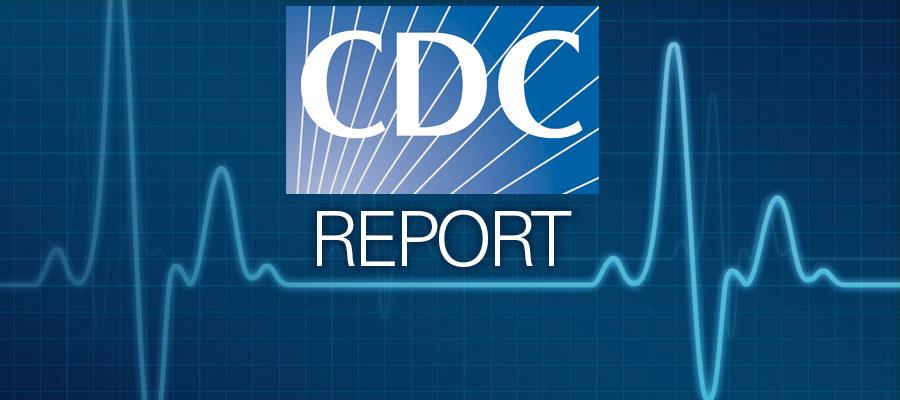CDC maps show variance in adult physical activity levels by state, territory

More than 15% of adults in every U.S. state and territory are physically inactive, ranging from 17.3% in Colorado to 47.7% in Puerto Rico, according to state maps released last week by the Centers for Disease Control and Prevention. Based on combined 2015-2018 data from the Behavioral Risk Factor Surveillance System, the maps show the share of surveyed adults who said they participated in no leisure-time physical activity in the past month by race and ethnicity. “Too many adults are inactive, and they may not know how much it affects their health,” said Ruth Petersen, M.D., director of CDC’s Division of Nutrition, Physical Activity, and Obesity. “Being physically active helps you sleep better, feel better and reduce your risk of obesity, heart disease, type 2 diabetes, and some cancers.”

